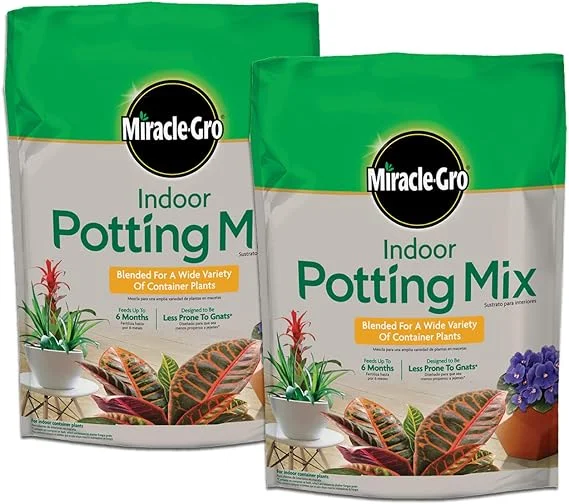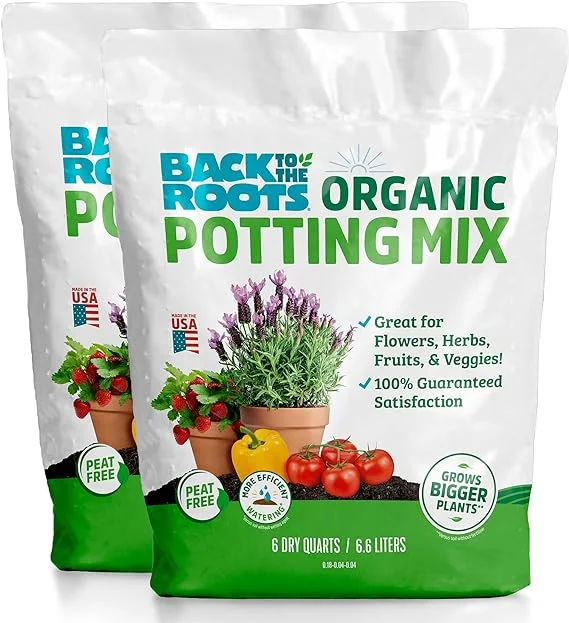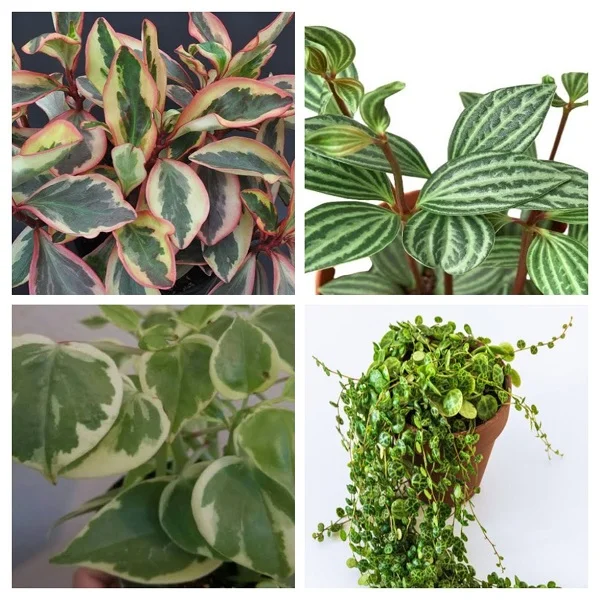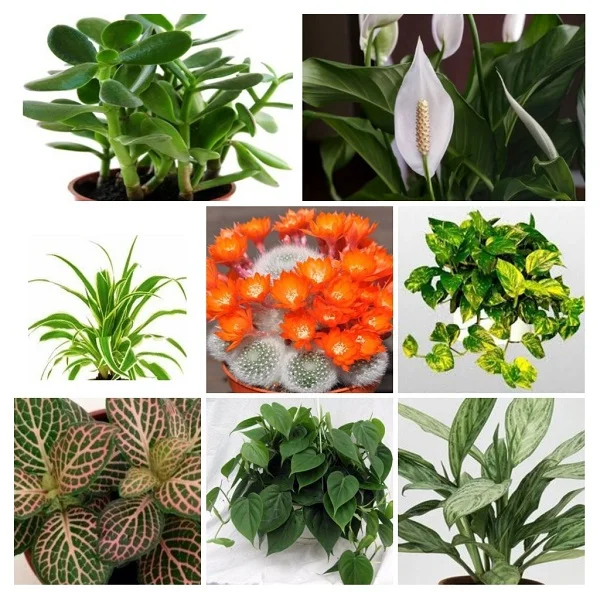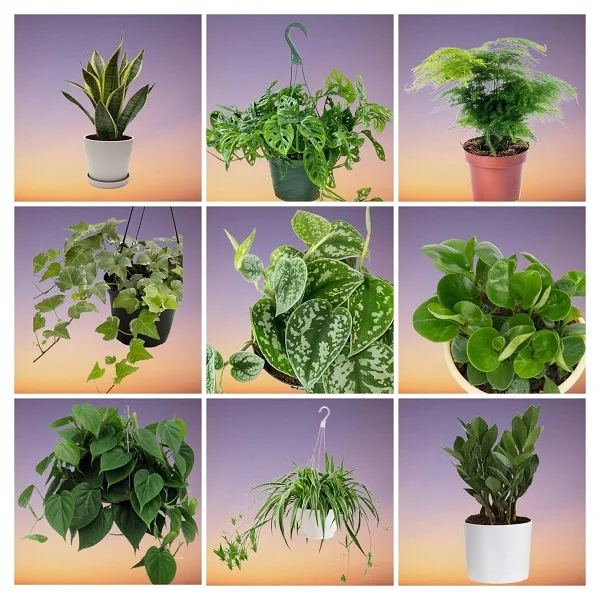How to Grow and Care for Emerald Ripple Peperomia (Peperomia caperata) Indoors
Some links in this post may be affiliate links
Emerald Ripple Peperomia (Peperomia caperata) requires warm and humid conditions, medium to bright indirect light and moderately moist, rich, free-draining soil coupled with monthly feeding in the growing season.
Peperomia caperata is among the popular Peperomia varieties that is easy to grow as it adapts well to a wide range of growing conditions.
Emerald Ripple Peperomia is a compact, perennial plant which bears small, heart-shaped, deeply, ridged leaves. The leaves are usually green but may have a blush of red and dark-green veins.
On account of its compact size, Emerald Ripple Peperomia is ideal for dish gardens, bottle gardens, terrarium and any where else where space is limited.
On account of its requirement for warm and humid conditions, Peperomia caperata is one of the best plants for a closed terrarium as these conditions are present in a terrarium.

Botanical name: Peperomia caperata
Family: Piperaceae
Common name: Emerald Ripple Peperomia
Origin
Peperomia caperata (Emerald Ripple Peperomia) is native to Brazil where it grows on the tropical forest floors.
Size
Emerald Ripple Peperomia is slow growing and grows to a maximum height of 1 ft and the leaves are about 1 inch long. The small size of this plant places it among the best low-light plants for the limited spaces.
Flower
The flowers in Emerald Ripple Peperomia are rat-tail flower-heads made up of greeninsh flowers on an upright spike.
Varieties
Many cultivars of Emerald Ripple Peperomia have been developed like Burgundy, Variegata, Emerald Ripple and Rosso among others.
Is Emerald Ripple Peperomia toxic?
Peperomia caperata like other Peperomia Plants is non-toxic to humans and pets. They are some of the pet-friendly plants ideal for growing in the home.
Where to Buy
Are you looking to add the spectacular Emerald Ripple Peperomia to your collection? They are available online on Amazon (Link to Amazon).
Peperomia caperata Care Indoors
Emerald Ripple Peperomia (Peperomia caperata) grows best in average warmth of 15-260C, humidity of 60-70%, medium to bright indirect light and moderately moist, fertile, well-drained, all purpose potting soil coupled with monthly feeding during the growing season.
Peperomia caperata requires pruning to keep it neat, to discourage pests and diseases, to encourage bushy growth and to rejuvenate growth. Repotting is needed only when it becomes pot-bound. Keep reading for more on these growing conditions and how to achieve them.
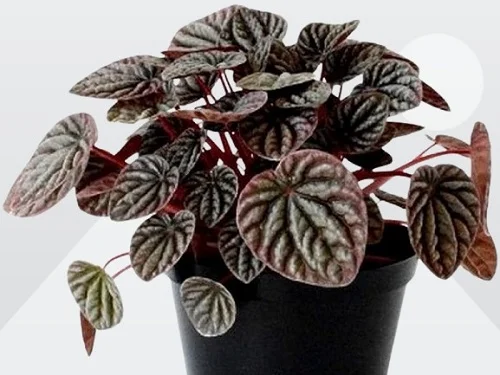
Watering
Water Emerald Ripple Peperomia liberally during the growing season and allow the top 2-3 inches of soil to slightly dry out between waterings to keep it moderately moist.
Lessen watering during the cold season to keep the soil barely moist as growth is minimal at this time but do not allow the soil to dry out completely to avoid leaf drop.
Ensure the pot has a drainage hole to prevent the soil from getting soggy as it can lead in root-rot and loss of the plant. Read more on how to water houseplants the correct way.
Light Requirements
Emerald Ripple Peperomia grows best in medium to bright indirect light (filtered light). Keep it away from direct sunlight to prevent scorching of the leaves.
Too little light can result in leggy plants and loss of leaf color. Peperomia caperata can be grown under grow lights where the natural light is not adequate. Get full spectrum grow lights from Amazon.
Regularly turn the pot to ensure that the plant receives light on all sides for uniform growth and prevent legginess.
Temperature and Humidity
Emerald Ripple Peperomia requires an average warmth within the range of 15-260C. Temperatures outside this range will affect the growth of the plant negatively. Keep the plant away from cold drafts as they can cause leaf drop.
Peperomia caperata thrives in a humidity of 60-70%. Set pot on a wet pebble tray or use a cool mist humidifier to raise humidity. You may also grow the plant in a well-lit bathroom or other moist areas in the home. Emerald Ripple Peperomia is among the best plants for the bathroom.
Regularly clean the leaves by damp-wiping with a soft cloth to get rid of dust as well as discourage pest and disease infestation. Make sure that there is good air circulation to minimize fungal diseases.
Feeding
Feed Emerald Ripple Peperomia with a balanced, liquid fertilizer every 4 weeks during the growing period for a lush growth. Stop feeding in the cold season as growth is minimal and feeding at this time may lead to fertilizer burn and death of the plant.
Potting Mix
The best potting mix for Emerald Ripple Peperomia should be rich in organic matter and free-draining to prevent it from getting soggy while providing the required nutrients. All purpose potting mixes are good for this Peperomia.
Repotting
Repot Emerald Ripple Peperomia during the growing season only when the plant has become pot-bound. Use a pot one size larger than the current one. Ensure that the pot has a drainage hole to prevent the soil from getting soggy to avoid root-rot. Take a look at these pots with drainage holes on Amazon.
Pruning
Pruning Emerald Ripple Peperomia involves regular removal of dead foliage to maintain the plant neat and also minimize pest and disaese infestations.
To encourage a bushy, compact growth, regularly pinch off the growing tips. As it ages, the plant becomes straggly therefore, cutback the stems during the growing season to rejuvenate growth.
Propagation
Emerald Ripple Peperomia (Peperomia caperata) can be propagated from seeds, leaf and stem-tip cuttings or by division.
How to propagate Emerald Ripple Peperomia from seeds
Sow Emerald Ripple Peperomia seeds at the beginning of the growing season in moist, free-draining soil.
Place the set up in a warm, well-lit place and maintain the soil moist until the seeds germinate.
Once germinated, maintain the soil moist until the new plants are well established.
When the seedlings are about 6-8 inches high and have 6-10 leaves, transplant into individuals pots after which you can begin routine care.
How to propagate Emerald Ripple Peperomia from leaf cuttings in water
The leaf cuttings root easily, therefore there is no need for a rooting hormone. Take leaf cuttings from a healthy Emerald Ripple Peperomia and ensure each leaf cutting has a petiole.
Allow some time for the formation of a protective callus tissue over the cuts of the leaf cuttings to prevent rotting.
Place the leaf cuttings in a jar of clean plain water and change the water every 5-7 days.
Position the set up in warm, well-lit place until growth begins at the base of the cuttings leaf petiole.
Allow enough time for substantial growth of the roots and new leaves. Thereafter, transfer the rooted leaf cuttings to individual pots in moist, free-draining soil.
Place the set up in a warm, well-lit place. For a fuller plant, transfer several rooted cuttings in one pot.
Maintain the soil moist until the new Peperomia caperata are well established after which you can begin routine care.
How to propagate Emerald Ripple Peperomia from stem-tip cuttings
The stem-tip cuttings root easily, therefore, there is no need for a rooting hormone. Take stem cuttings of about 4-5 inches length from a healthy Emerald Ripple Peperomia and ensure each cutting has at least 2 sets of leaves.
Allow some time for the formation of a protective callus tissue over the cuts of the cuttings to prevent rotting.
Once callused, insert the cuttings in moist, free-draining soil and place in warm, well-lit place away from direct sunlight.
Maintain the soil moist until new growth emerges. Allow enough time for substantial growth of the roots and new leaves.
Transfer the rooted Peperomia caperata stem cuttings to individual pots after which you begin routine care. For a fuller plant, transfer several rooted cuttings in one pot.
How to propagate Emerald Ripple Peperomia by plant division
Water the Emerald Ripple Peperomia thoroughly at least one day before to make it easier to divide and also hasten establishment. A well hydrated plant suffers less shock and takes a shorter time to take root.
Take the plant out of its pot and divide it into several sectionsby pulling apart the roots. Ensure each section has adequate roots to hasten establishment.
Pot these sections in individual pots in moist, free-draining soil and place in warm, well-lit place.
Maintain the soil moist until new growth emerges on the sections. Allow the new Peperomia caperata to be well established before transplanting after which you begin routine care.
Related: How to Propagate Radiator Plants (4 Easy Methods of Peperomia Propagation)
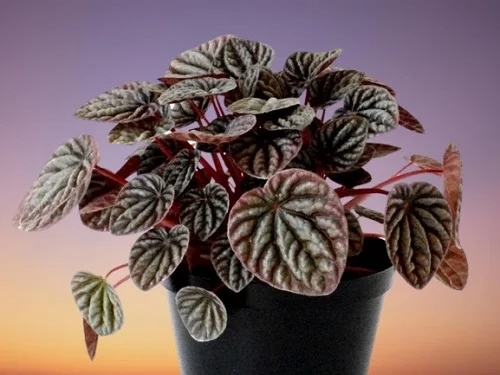
Peperomia caperata Problems
Emerald Ripple Peperomia (Peperomia caperata) problems include drooping leaves, dropping leaves, brown leaf tips and edges, shrivelled (curled) leaves, root-rot, pests among others. Keep reading for more on these problems, their remedies and solutions.
Wilted, discolored leaves with corky swellings under the leaves
Soggy soil is the cause of wilted and discolored leaves and corky swellings under the leaves in Emerald Ripple Peperomia. This is an indication of root-rot. Isolate the affected plant to minimize spread to the other plants and treat it appropriately for the disease.
Diseases
The other common disease in Emerald Ripple Peperomia is leaf spot. Isolate the affected plant and treat it appropriately for the disease.
Pests
Common pests in Emerald Ripple Peperomia are spider mites, whiteflies, scale insects and mealy bugs. Isolate the affected plant to prevent spread to other houseplants and treat it appropriately for the pests. Learn how to identify and control houseplants pests.
Drooping leaves
Emerald Ripple Peperomia drooping leaves are caused by many and varied reasons. One possible reason is exposure to direct sunlight. Thoroughly water the plant immediately and it should recover. Move it to a more shadier spot or instal a light curtain to filter direct sunlight from reaching the Peperomia leaves.
The second possible reason for drooping leaves in Emerald Ripple Peperomia is overwatering which results in soggy soil. To avoid getting soggy soil, ensure that the pot has a drainage hole and that the soil is loose and free-draining. Reduce watering in the cold season to maintain the soil barely moist as growth is minimal at this time.
The third possible reason for drooping leaves in Emerald Ripple Peperomia is underwatering which implies that there is too little moisture in the soil. As such, there is no water in the soil for the plant to take up to the leaves and other parts.
Immediately water the plant thoroughly and it should perk up. Thereafter, water the Peperomia caperata liberally during the growing season and allow the soil to dry out between waterings.
Related: 14 reasons why Peperomia is drooping leaves with solutions and remedies
Dropping leaves
Emerald Ripple Peperomia dropping leaves (leaves falling) is due to many and varied reasons. One possible reason is too low temperature. Move the plant to a warmer spot away from cold drafts and maintain an average temperature of 18-250C.
The second possible reason for Emerald Ripple Peperomia dropping leaves (leaves falling) is that the plant has been underwatered causing the foliage to wilt and drop. Water the plant liberally during the growing season and allow the soil to dry out between waterings but reduce watering during the cold season.
Related: 12 reasons why Peperomia is dropping leaves (losing leaves) with fixes
Leggy stems
Leggy stems in Emerald Ripple Peperomia are due to low light. Cutback the stems to rejuvenate growth. Move the plant to a brighter spot where it will receive medium to bright indirect light or instal a grow light if you do have adequate lighting in your home. Check out this guide on understanding light for houseplants.
Brown leaf tips and edges
Brown leaf tips and edges in Emerald Ripple Peperomia are caused by two possible reasons. Remove the damaged leaves to keep the plant neat and tidy. One possible reason is sudden changes in temperature due to drafts.
Keep the plant away from drafts like drafty windows, windy doors, hot vents, air conditioners and others. Maintain warm temperatures of 18-250C. Check out this guide on understanding temperature for houseplants.
The second possible reason for Emerald Ripple Peperomia brown leaf tips and edges is too low humidity. To raise humidity, set pot on a wet pebble tray or use a cool mist humidifier. You may grow the plant in a well-lit bathroom or in a closed terrarium as high humidity can be maintained inside a terrarium.Check out these techniques on how to elevate humidity for houseplants.
Brown, shrivelled leaves
The cause of brown and shrivelled leaves in Emerald Ripple Peperomia is too dry air as it prefers a humid environment. Set the pot on a wet pebble tray or use a cool mist humidifier to raise humidity.
Dry and shrivelled leaves
Excess soluble salts in the soil from the water or excess feeding will cause dry shrivelled leaves in Emerald Ripple Peperomia. Regularly flush out the salts from the soil by running a stream of water through the soil until it comes out through the drainage holes and repeat the process several times.
You liked it? Share on social media.
Related Content
Amazon Associates Disclosure
Homeplantsguide.com is a participant in the Amazon Services LLC Associates Program, an affiliate advertising program designed to provide a means for sites to earn advertising fees by advertising and linking to amazon.com.

